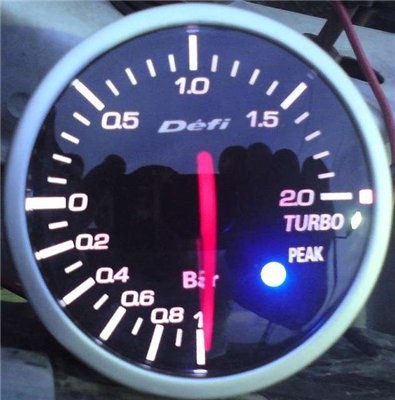You will need
- Hoses, adaptors and pressure gauge.
Instruction
1
Determine the maximum pressure of the turbineusing the manufacturer's documentation. If information is missing, use the Internet and find out the allowable pressure from the manufacturer.
2
In most cases, to measure pressure can be from the intake manifold. Insights on it are closed by special plugs. Or connect a hose to the nipple of selection pressure. Make sure the header is connected after the throttle.
3
Make sure that the hose does not touch moving elements of the engine. Route the hose into the cabin and connect to the manometer.
4
Start the engine. Warm up the engine to optimal values of the coolant temperature. Do not rush the process of warming up, the engine needs to warm up gradually. It is desirable to warm the fluid to operating temperature on the go.
5
Choose a flat stretch of road. Loosen the engine up to 3000 rpm in 3 or fourth gear. Maintain the engine speed so that the tachometer value does not exceed 3000 rpm To achieve the result, use the brake pedal.
6
Pedal fuel supply to the end and check the indicators on the gauge. If the pressures are at odds with the documentation, perform adjustment of the turbine , or contact a specialized center.
Useful advice
During the test, follow the engine when detonation is detected or the tapping test should be stopped. Do not let the engine work at maximum speed, this can cause engine failure.
Remember that during this test the braking unit is exposed to excessive heat and load, for this reason, the test is carried out as quickly as possible. For continuous monitoring, you should set the pressure sensor from third-party companies producing accessories and equipment for turbochargers.
Remember that during this test the braking unit is exposed to excessive heat and load, for this reason, the test is carried out as quickly as possible. For continuous monitoring, you should set the pressure sensor from third-party companies producing accessories and equipment for turbochargers.
